Dog collar training isn't just about obedience. It's about helping your pup feel more relaxed and confident with every step.
Did you know most dogs pull on the leash because they simply don't know what to do instead? With the right collar and steady guidance, you can teach your dog a walking habit that actually works. Whether you have one dog or a house full of pups, collar training brings structure and calm to your walks.
Curious how to make that happen? Keep reading and find out how a collar can change everything.
What Is Collar Training and Why Does It Matter?

Collar training is the process of teaching dogs to respond to leash cues and behave calmly using a training collar. It's not about control. It's about communication.
The right dog training collar helps guide your pup through new habits and better walks. This kind of training builds trust and sets clear boundaries. It makes your dog's attention easier to keep and walking feel more like teamwork than tug-of-war.
How Dogs Respond to Collar-Based Cues
Dogs are smart. With the right training collar, they learn what different cues mean. A light pull or vibrate setting can grab your dog's attention without causing upset.
Over time, dogs start to link those signals with specific behaviors. This helps train dogs in a way that feels natural. Collar-based cues work because they speak a kind of new language that many dogs pick up fast, especially during consistent training sessions.
Benefits of Gentle Collar Training for Daily Life
Teaching with a collar makes everyday moments easier and calmer. No need for shouting or stress.
-
Turns Walks Into Enjoyable, Tug-Free Time Together
-
Keeps Training Sessions Focused and Productive
-
Creates a Safer Environment—At Home and Outside
-
Helps Reinforce Good Behavior in Real Time
-
Strengthens the Bond Between You and Your Dog
-
Supports Better Habits Without Harsh Corrections
-
Boosts Confidence in Anxious or Reactive Dogs
-
Works for Dogs of All Sizes and Energy Levels
-
Lays the Foundation for a Lifetime of Good Manners
The right collar helps your dog grow into better habits—one step at a time.
Choosing the Right Collar for Training Purposes

Finding the right collar is like picking the perfect tool for the job. Some collars support learning, while others may cause confusion or discomfort. The key is to match the collar to your training program and your pup's size, breed, and behavior. Below, we'll look at different collar styles, what works best, and what to avoid.
Flat Collars vs. Martingale Collars
Flat collars are simple, everyday collars that hold tags and are great for casual use. But when it comes to dog collar training, martingale collars give trainers better control, especially with smaller breeds or pups that tend to slip out.
Martingale dog collars tighten slightly without being too tight, helping guide your dog's attention during the training process. They're a smart choice for positive reinforcement and help dogs learn without harsh pressure on the neck.
What to Avoid: Choke Chains and Prong Collars
Some tools look tough but don't teach well. Choke chains and prong collars apply strong pressure and can cause more stress than learning. These methods often get in the way of training and don’t encourage a positive connection with your pup. They lack adjustment options that can harm the neck and work against good behavior habits.
Stick to gentle tools like a well-fitted e-collar or flat collar. Your training sessions should help, not hurt.
Collar Training a Puppy: Where to Begin

Starting collar training with a puppy is all about setting the stage for calm walks and better habits. Begin slow, use gentle methods, and keep things fun. In the next sections, we'll walk through simple ways to get your pup comfy, confident, and ready to learn.
Getting Your Puppy Comfortable With Wearing a Collar
Before you teach anything, help your puppy feel good about wearing a collar. Let them sniff it, then gently clip it on during quiet times in the house. Praise often and keep it loose at first.
Some pups might scratch or act silly—that's normal. The goal is for them to barely notice it after a few days. A calm start builds confidence for every step of collar training ahead.
First Steps in Leash Walking With a Collar
Once your puppy accepts the collar, clip on a leash and let them explore indoors. Walk around slowly and let the leash stay a little loose. If they pull or freeze, don't panic—use a cheerful voice or gentle redirection. These first training sessions help your dog grow used to gentle movement and clear signals.
Practice in the yard or quiet areas to keep distractions low. Every walk becomes part of the training process.
Using Treats and Positive Reinforcement for Success
Treats make everything better, especially when paired with positive reinforcement. Each time your pup responds well during a training session, reward it with a small, tasty snack. Keep a pouch handy so you can teach as things happen. These small wins shape good behavior over time.
Many dogs learn best through praise, treats, and repeat practice. Just a few minutes a day can lead to big changes in your training program.
Collar Training an Adult Dog: Breaking Old Habits

Older dogs can absolutely learn new tricks. Collar training an adult dog means replacing old patterns with better ones. With time, consistency, and the right collar, you can shift behaviors and build new routines. The next few sections show how to guide adult dogs toward better habits without stress.
Retraining Pullers or Reactive Dogs
Some dogs learn to pull or bark out of habit, not stubbornness. Start fresh with a steady training program and a calm environment. Use a quiet setting or gentle stimulation to get your dog's attention during training sessions. Reinforce good behavior every time they respond well.
Many trainers rely on dog training collars for this reason. Over time, the method helps correct unwanted behaviors and makes walks a lot less tense.
Transitioning from Harness to Collar Training
If your furry friend is used to a harness, switching to a training collar takes patience. Start with short training sessions inside the house or yard. Let the dog wear the collar without the leash first. Slowly begin introducing the leash, and use calm voice cues to keep the vibe relaxed.
Don't forget to adjust the fit properly—it should sit snug, but not tight, around the neck. Take your time and begin slowly.
Related Post: Dog Harness vs Collar: What's the Best Fit for Your Pup?
Using Consistent Commands and Timing
Dogs thrive when they know what to expect. Simple cues and clear timing can make all the difference during collar training.
-
Say the same cue every time
-
Give the command before tugging the leash
-
Use calm body language
-
Keep stimulation levels low and steady
-
Reward within seconds of the action
-
Keep corrections light and kind
-
Always follow with praise or treats
This method helps train dogs to respond quickly and confidently. It builds trust and supports long-term success.
Common Mistakes to Avoid During Collar Training

Even the best training program can go off track with a few simple missteps. The way you handle the leash, give cues, or reward behavior all play a role. In the next few sections, we'll break down common mistakes and show how to keep your dog collar training smooth and successful.
Pulling Too Hard or Yanking the Leash
Tugging too hard on the leash can startle or confuse your furry friend. This habit may lead to more pulling, not less. Instead, use the vibrate setting or light stimulation to guide your dog's attention gently. Avoid sudden yanks that strain the neck. A calm, steady motion is the better method to teach good behavior. It's training, not a tug-of-war.
Inconsistent Signals or Reinforcement
Dogs need clear, repeated messages to learn. Switching up cues or forgetting to reward good behavior sends mixed signals. Use the same words, timing, and tone in every training session. If your dog does something right, don't skip the treats or praise. Dogs learn faster when feedback stays the same. This consistency helps build stronger habits and a better relationship with your pup.
Natural Ways to Support Calm Training Sessions
Not every win comes from a training collar or cue. Sometimes, success starts with the environment you create. Keeping things peaceful, rewarding, and fun helps your dog stay relaxed and ready to learn. The next sections highlight a few natural ways to make your training sessions smoother for both of you.
Practice Short, Reward-Based Sessions
Dogs focus best in short bursts. Aim for five to ten minutes of training at a time. Use tasty treats, a happy voice, and the vibrating setting on the right collar to reinforce good behavior. Many dogs respond better when sessions feel more like a game than a chore.
Consistency matters more than length. Frequent, reward-filled breaks help your pup stay sharp without feeling overwhelmed during the training process.
Gradually Increase the Distance Based On Improved Reaction
As your dog grows more confident, increase the challenge by adding distance. Start close, then slowly step back after each successful training session. Use a remote cue or light stimulation to keep your dog's attention focused. This is especially useful for training in the yard or public spaces.
The goal is steady improvement without stress. Little by little, your pup will stay calm even with more space between you.
Using CBD to Promote Focus and Calmness
Sometimes, a natural boost can help dogs stay focused and chill during training sessions. CBD is one gentle, non-psychoactive option that many owners trust to support behavior.
- What Is CBD and How It Works. CBD comes from hemp and interacts with your dog's endocannabinoid system which help regulate mood and support calmness.
- CBD Calming Chews for Nervous Dogs. These chews include calming ingredients like chamomile and L-tryptophan. They're ideal for dogs that get restless, barky, aggressive, or reactive during training.
- CBD Wellness Treats for Daily Support. These vegan bites include sweet potatoes, blueberries, and flax seeds. They support overall calm and well-being and pair perfectly with any training program.
- Safe and Broad Spectrum. All our treats and oils are made with broad spectrum CBD, which includes all the helpful compounds in hemp, without any THC. That means peace of mind for you and comfort for your furry friend.
Explore all Holistapet CBD Dog Treats.
Walks as Mental Enrichment, Not Just Exercise
A walk isn't just about getting energy out—it's a chance to teach, explore, and bond. Change your route often to spark your dog's attention. Let them sniff, stop, and observe. Use the leash as a way to guide gently, not just control. Pair each outing with small training moments. This turns an ordinary walk into a full mental workout for your pup.
Final Thoughts – Collar Training a Dog
Collar training takes patience, snacks, and a little creativity, but the payoff is totally worth it. With the right tools, steady training sessions, and a calm approach, you can teach your pup to walk with confidence. Whether you're working with a bouncy puppy or an adult dog with strong habits, progress comes one step at a time.
Need a little extra help? HolistaPet's calming CBD treats and wellness products are a gentle way to support focus and relaxation for dogs. From leash work to chill time, we're here to assist you every paw of the way.
Browse more dog care blog here!



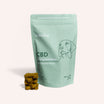


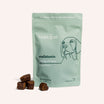
![Probiotics For Dogs [Soft Chews] - HolistaPet](http://www.holistapet.com/cdn/shop/files/Probiotic-Infographic-1_472d7a29-e30c-435a-9638-1365d8c3a9f9.jpg?v=1725384841&width=104)
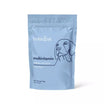


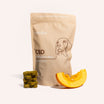
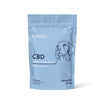



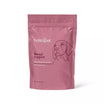
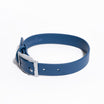
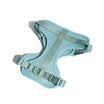
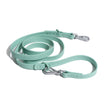
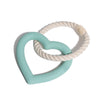
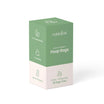
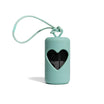



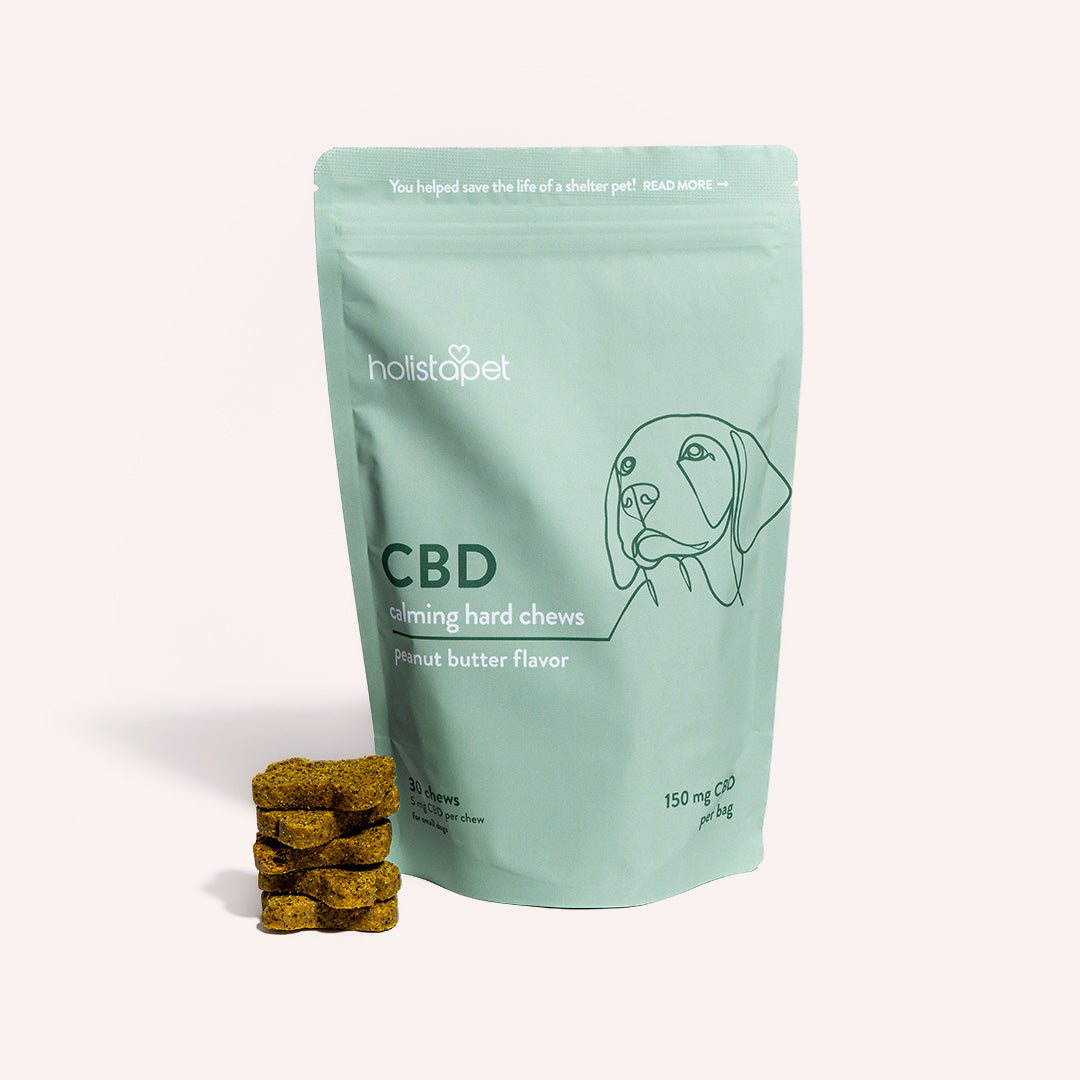


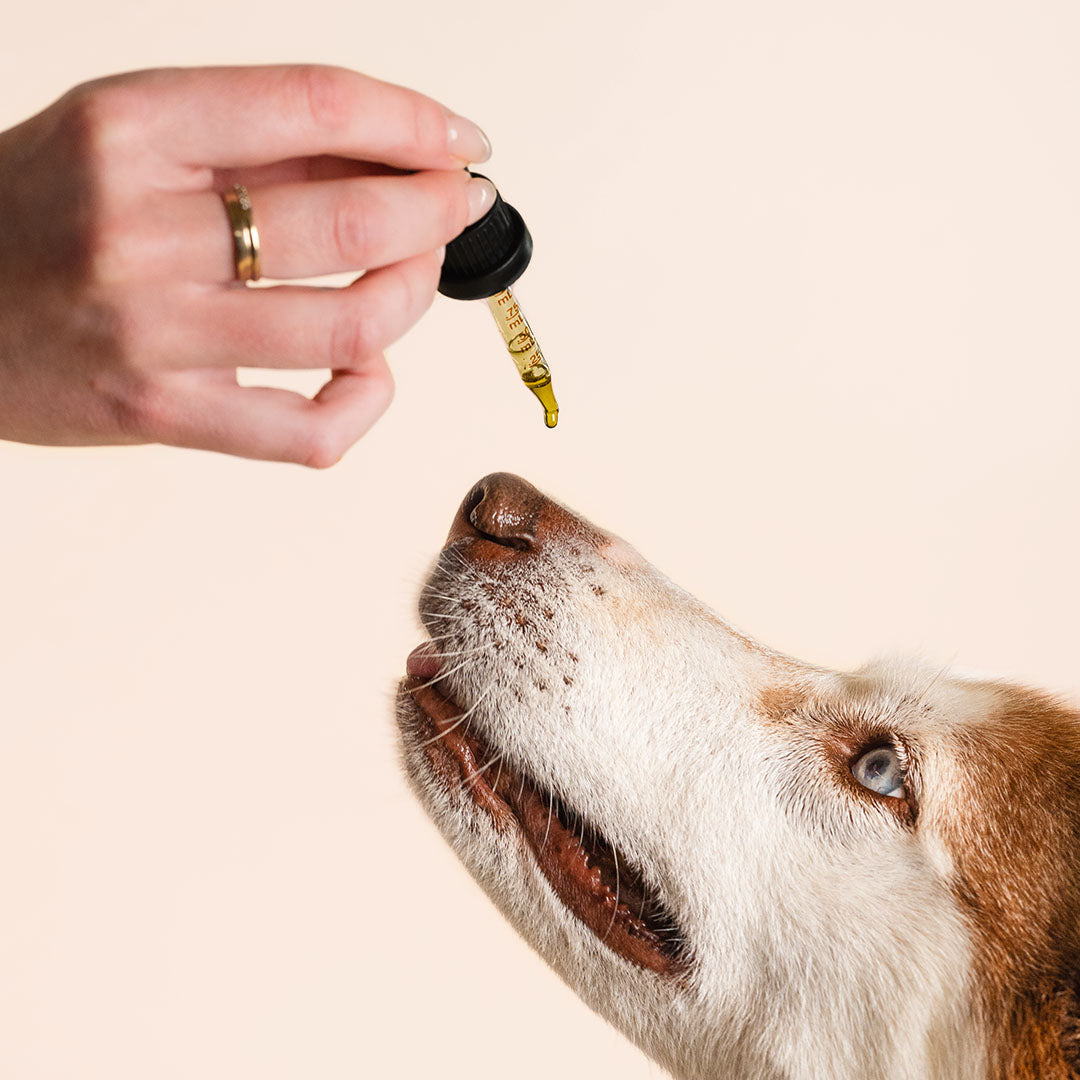


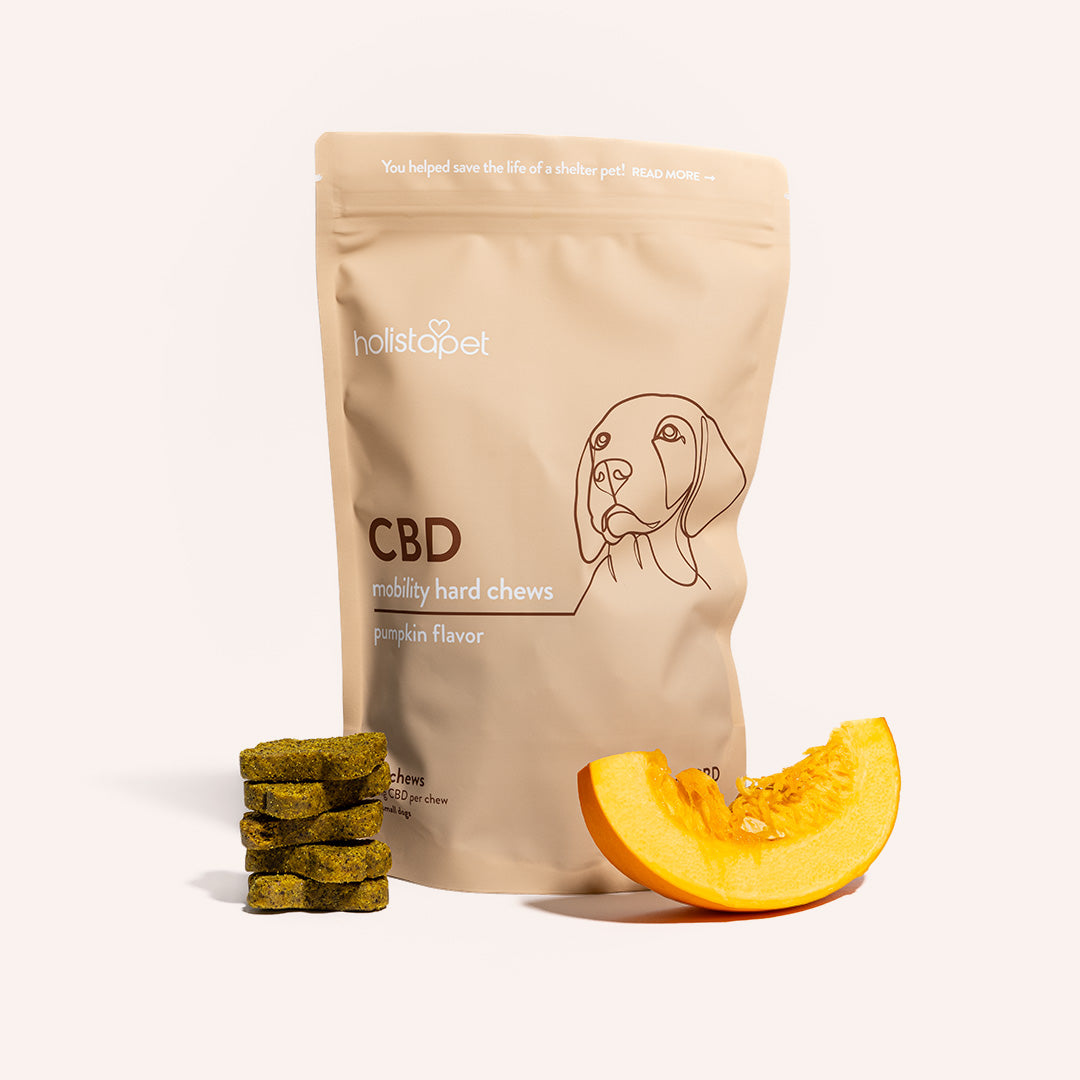


Leave a comment
All comments are moderated before being published.
This site is protected by hCaptcha and the hCaptcha Privacy Policy and Terms of Service apply.